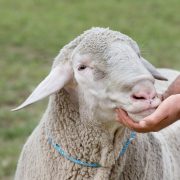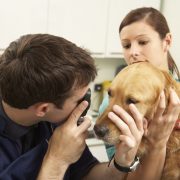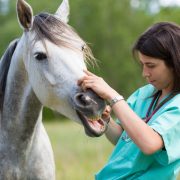Lack of efficacy of monepantel against trichostrongyle nematodes in a UK sheep flock
K. Hamer, D. Bartley, A. Jennings, A. Morrison and N. Sargison | Veterinary Parasitology | June 2018
Parasitic gastroenteritis in growing lambs is a significant problem which limits productivity. The development of anthelmintic resistance to the traditional treatments (benzimidazoles, imidazothiazoles and macrocyclic lactones) is a cause of growing concern…











Connect with us